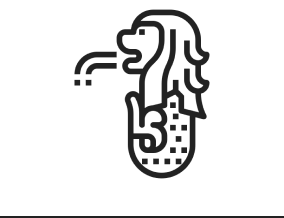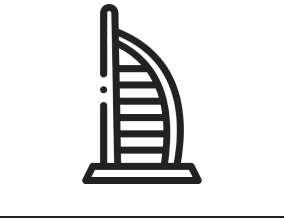In an era defined by global uncertainty, shifting consumer behavior, and rapid technological advancement, supply chain demand planning has become more than just a forecasting exercise—it’s a critical driver of business agility and resilience.
Companies can no longer afford to rely on outdated guesswork or siloed planning. Instead, they need data-driven strategies that align supply with actual market demand, minimize disruptions, and maximize customer satisfaction.
So let’s explore what demand planning entails, the essential aspects of a successful approach, common challenges, and the best practices that set leading organizations apart.
What is Demand Planning in Supply Chain?
Supply chain demand planning is the process of forecasting customer demand to ensure products can be delivered efficiently and cost-effectively.
It involves analyzing historical data, market trends, and sales forecasts to align production, inventory, and distribution strategies with anticipated customer needs and requirements.
The goal is to strike a balance between supply and demand, preventing both stockouts and overstocking situations.
Aspect of Demand Planning
Effective demand planning is a multi-faceted process that touches various functions across the organization. Here are the core aspects:
1. Demand Forecasting
This is the backbone of demand planning. It involves using quantitative (statistical models) and qualitative (market insights) methods to predict future product demand.
2. Collaboration Across Teams
Demand planning must involve input from sales, marketing, finance, and operations. A siloed approach often leads to missed signals and misaligned strategies.
3. Data Management
Accurate and timely data is essential. This includes POS (point of sale) data, market analytics, seasonal trends, and promotional calendars.
4. Inventory Strategy
Integrating demand planning with inventory control helps maintain optimal stock levels, reducing carrying costs and enhancing cash flow.
5. Scenario and Risk Planning
Developing multiple forecast scenarios helps companies stay agile when faced with uncertainties such as economic shifts, supplier issues, or natural disasters.
Challenges in Demand Planning
Despite its benefits, demand planning comes with a set of challenges that businesses must proactively address:
1. Forecast Inaccuracy
Forecasts are often wrong due to unpredictable market behavior, lack of data, or external disruptions (e.g., pandemics, economic shifts).
2. Data Silos
When departments don’t share data, it leads to fragmented planning and decisions based on incomplete information.
3. Resistance to Change
Implementing new planning tools or methodologies can be met with resistance from teams used to traditional processes.
4. Technology Gaps
Legacy systems or spreadsheets are insufficient for modern demand planning needs, which require real-time data and advanced analytics.
Best Practices for Demand Planning
To build a successful and scalable demand planning process, consider these best practices:
1. Use a Data-Driven Approach
Base your decisions on data rather than gut feeling. Clean, reliable, and comprehensive data improves forecasting and planning accuracy.
2. Collaborate with Key Stakeholders
Engage with internal teams and external partners. Sharing insights helps build more accurate, realistic plans.
3. Utilize Forecasting Software
Adopt tools that support predictive analytics, AI, and machine learning to forecast demand patterns and detect anomalies.
4. Plan for Demand Variability
Always build flexibility into your plans. Be prepared for surges or drops in demand due to seasonality, trends, or economic changes.
5. Monitor and Adjust
Continuously review performance against forecasts. Use KPIs such as forecast accuracy, inventory turnover, and service levels to refine your approach.
The Role of Technology in Modern Demand Planning
Technology is a game-changer in how organizations approach demand planning. Modern solutions offer:
AI/ML Forecasting: Identify trends, anomalies, and seasonality that traditional models may miss.
Cloud-Based Planning Tools: Enable real-time collaboration and access to data across geographies.
Integrated Planning Systems: Connect demand planning with supply chain, sales, and financial planning.
Leveraging the right tech stack can drastically reduce manual effort and improve accuracy.
Need help with Supply Chain Management implementation? We are here to help.
Why Demand Planning Matters More Than Ever
As global supply chains become more complex and customer expectations rise, demand planning is no longer optional—it’s a necessity. Companies that master it can reduce costs, improve customer satisfaction, and gain a competitive advantage.
For example, businesses that improved their demand planning accuracy by even 10% saw:
- Reduction in excess inventory by up to 20%
- Improved on-time delivery by 15–25%
- Boosted customer satisfaction scores
Conclusion
Supply chain demand planning is a strategic discipline that aligns people, data, and technology to meet customer demand efficiently. By focusing on its key aspects, addressing challenges, following best practices, and employing modern tools, businesses can thrive even in unpredictable environments.
Investing in demand planning today builds a resilient, responsive supply chain for tomorrow.






